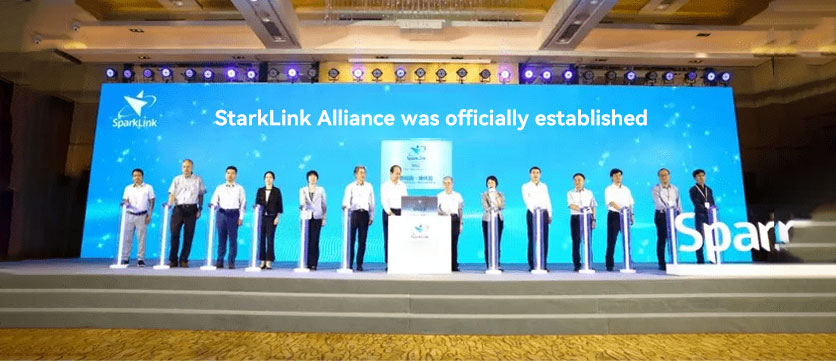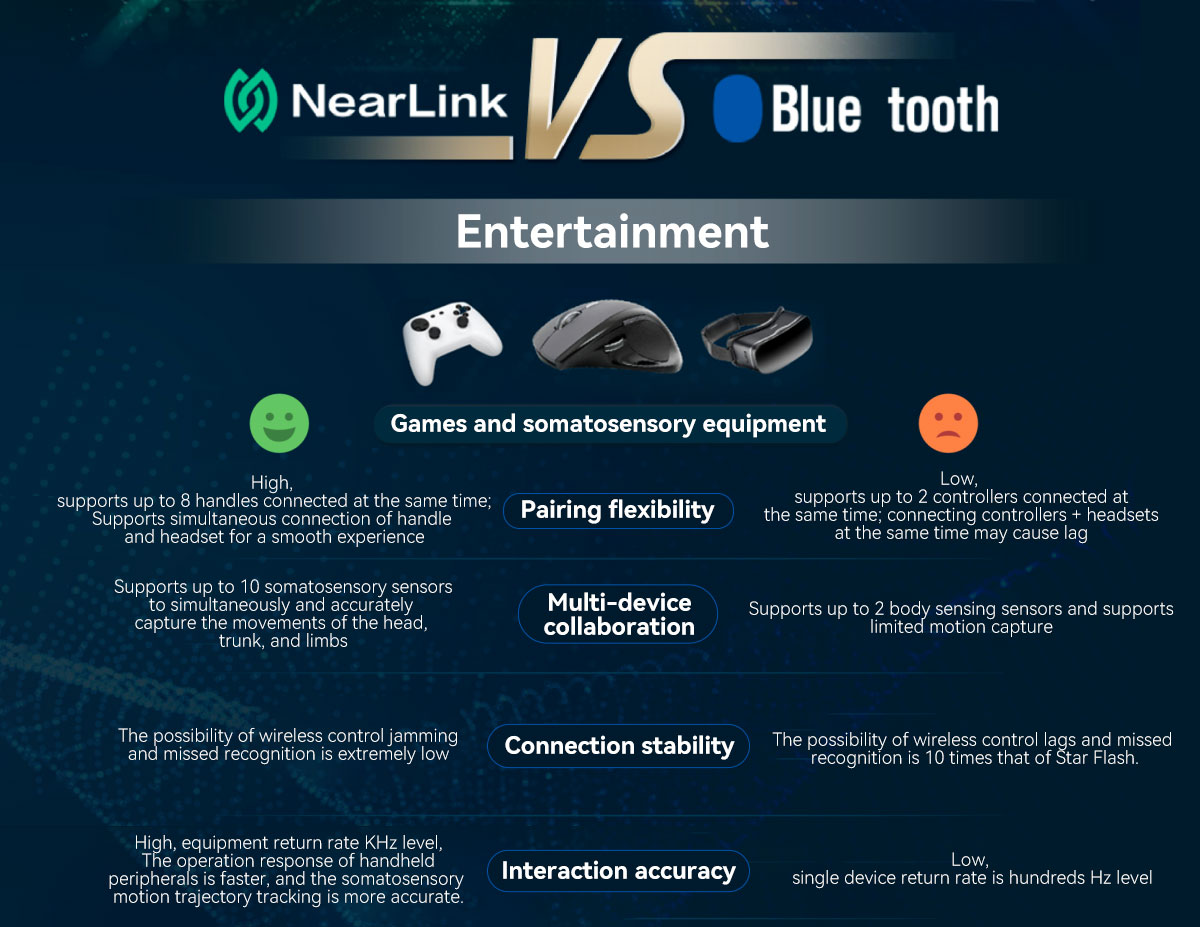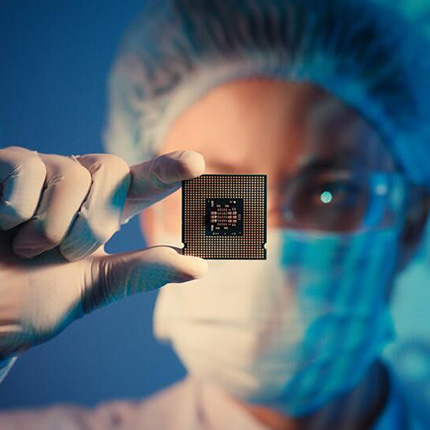What exactly is NearLink?

2023-10-26 15:12

Will Huawei NearLink Technology Replace Blue. tooth (BT)?
Huawei, one of the tech behemoths from China, held its new launch event on September 25,
which unveiled three flagship products including the Mate 60 series, Mate Pad Pro 13.2, and Freebuds Pro 3.
It is noted that all of these products introduce the Nearlink technology,
which marked a important milestone in the wireless connectivity while indicating
that a pioneering change is happening in the digital realm. However, what is Nearlink?

Nearlink technology,
also called Sparklink technology, is a new generation short-range wireless connection standard established by SparkLink Alliance,
which can meet a wide selection of scenarios such as smart wear, inteligent teminals, smart homes, smart cars, etc.

The SparkLink alliance was founded by Huawei and composed of more than 300 members including Huawei, China Mobile, CAICT, TCL, Vivo, ZTE, and Unisoc.
Although no US-based technology giants are included in this alliance till now, this technology does make a difference.
BT and WiFi are the mainstream in short-range wireless connectivity.
However, both of them are in the bottleneck without any great breakthrough in a long time.
Even worse, they are incompatible with each other and have obvious disadvantages.
For example, BT works in a limited transmission distance and provides a lower data transfer rate than Wi-Fi while WiFi brings high power consumption,
long latency, bad security, inaccurate positioning, etc.

Amid the U.S. sanctions and sudden expulsion from the BT league,
Huawei did not stop developing wireless connectivity technology but tried to make polishment in the tech details and structure
to develop a completely new wireless connectivity solution, based on the shortcomings of BT and Wi-Fi.
Therefore, you may find that SparkLink not only integrates the advantages of BT and WiFi
but also provides more powerful wireless connectivity capability than these traditional wireless connections in many aspects.
For example, In terms of latency, Huawei NearLink technology uses 5G polar coding that can bring an incredibly low latency of 20μs,
which provides a 1/30 lower delay than traditional wireless connectivity technology while having a capability of anti-interfering of 7dB.
This means that it can deliver a smoother, more in-time, and more accurate data transfer and connection experience.

Additionally, it supports a high-speed data transfer rate of 6 Gbps, which is 600 times faster than BT and 6 times more than WiFi. As a result,
it can provide more high-resolution content.
As for the power consumption, this technology brings 60% lower power consumption, which is only 1/3 of BT and 1/10 of WiFi.
Therefore, it can effectively lengthen the lifespan and endurance time.

Meanwhile, it allows you to connect 4096 devices simultaneously, which is 500 times more than BT does, and 16 times more than WiFi.
Thus, it can build a larger, more complicated, and more intelligent Internet of Everything.
Besides, it is compatible with BT and Wi-Fi, which enables you to automatically switch to meet different scenarios and needs,
creating a more flexible, more convenient wireless connectivity solution.
With these mentioned advantages,
NearLink technology brings innovative short-distance wireless connections experiences of ultra-low latency,
high speed transmission, superior reliability, high anti-interference, and precise positioning,
which has initiated a revolutionary change in many aspects of our daily life.

However, will it replace BT and become the mainstream wireless connectivity solution soon?
The answer is“No”, this is because it has not been widely used like BT and WiFi,
although it has been used in their latest launched products recently including smartphones, tablets, earphones, etc. Besides,
it is still only limited to the latest Huawei devices currently, and it has not got wide popularity among reputed manufacturers.

Exactly NearLink is more powerful than WiFi and BT in terms of data transfer rate, reliability, latency, power consumption, coverage and security.
BWOO thinks that it is still hard for us to determine its practicality and functionality without large-scale commercial use and long-time testing by users.
However, we can point out that with these obvious advantages,
it appears to have brighter development prospects than traditional wireless connection technology,
and may even become the wireless connection standard for future devices.
Moreover,
it is not mutually exclusive to BT and WiFi and they offer a variety of connecting options for different scenarios.
When there are great demands for fast speed, and low latency, for instance, NearLink can be useful.
However, if you need a wide range of connections, WiFi and BT work better due to their wide popularity.















































